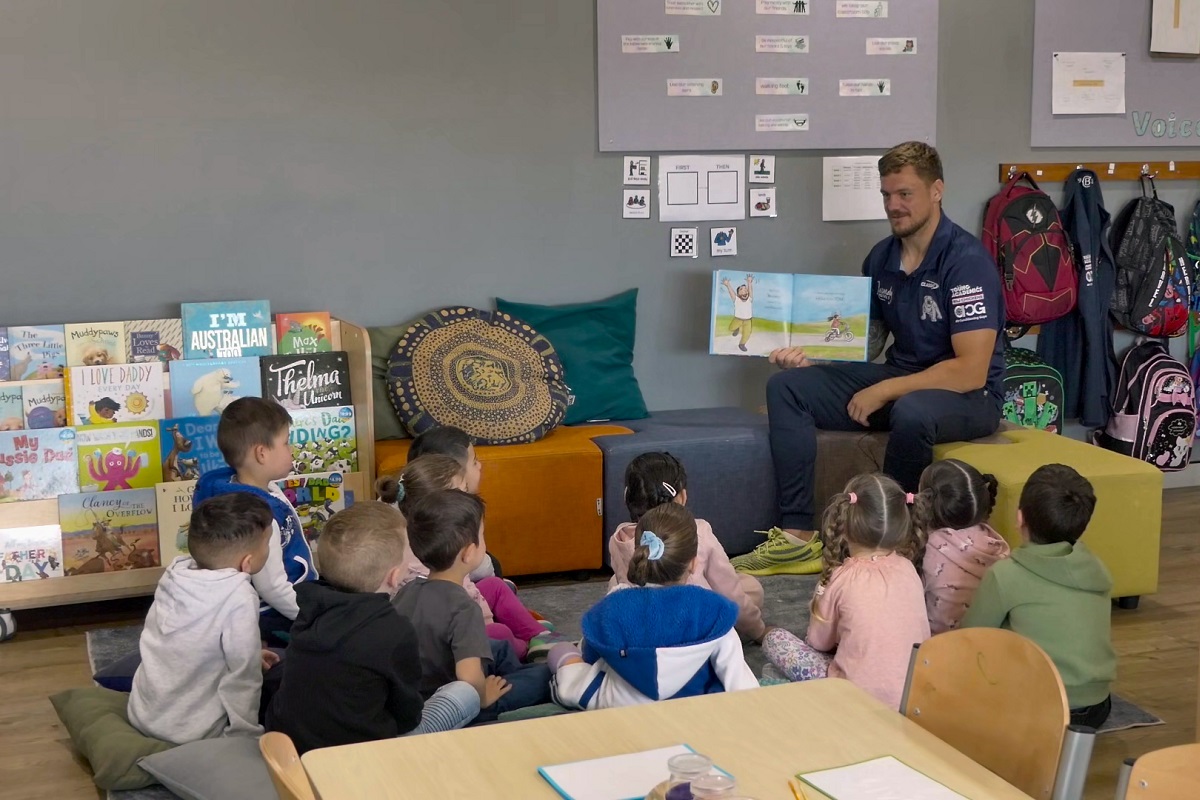Instilling the values of kindness in children becomes a powerful catalyst for positive change. Beyond simple acts of generosity, the ripple effect of kindness has the potential to shape the character of future generations.
1. The Power of Tiny Gestures
In the world of children, kindness often manifests in the simplest and most genuine gestures. From sharing a crayon to offering a comforting hug, these small acts create ripples that resonate far beyond the moment. You can immerse children into the power of kindness through storytelling, where characters embark on kindness adventures. Reading books that emphasise the values of compassion and generosity opens up discussions on the impact of kind acts, reinforcing the idea that small gestures can create significant positive change.
2. Creating a Culture of Caring
Schools and childcare centres serve as nurturing grounds for the seeds of kindness. By fostering a culture of caring, we empower children to recognise the needs of others and respond with empathy. Through collaborative projects and activities, educators can inspire a sense of community where kindness is not just taught but lived. Children are keen observers, and they learn best through imitation. Modelling kindness in your own behaviour creates a powerful example for them to follow. Whether it’s helping a neighbour, expressing gratitude, or offering a listening ear, showcasing kindness in everyday actions becomes a living lesson.
3. The Ripple Effect in the Digital Realm
In an era dominated by technology, extending kindness into the digital realm is crucial. Teach children about the impact of their online interactions and the potential for spreading positivity through virtual acts of kindness. Crafting supportive messages, sharing uplifting content, and practicing digital empathy contribute to the ripple effect in the digital age.
4. Acts of Gratitude
Gratitude is a cornerstone of kindness, and Random Act of Kindness Day provides an excellent opportunity to explore this theme with children. Engage them in activities that express gratitude, whether it’s writing thank-you notes or creating art projects that celebrate the positive qualities in others. These acts of appreciation amplify the ripple effect. You could even encourage children to express gratitude regularly through a daily sharing circle or a gratitude journal, focusing on the positive aspects of their lives instils an appreciation for the goodness around them, fostering a kind and optimistic outlook.
5. Empowering Young Changemakers
Kindness isn’t just a passive quality; it’s a force that empowers individuals to become changemakers. Encourage children to think about how their acts of kindness can inspire others to do the same. By fostering a sense of agency, we instil in them the belief that their actions matter and can contribute to making the world a better place.
6. Reflecting on the Impact
Take a moment to reflect with children on the collective impact of their actions. Discuss the ripples they’ve created, the smiles they’ve shared, and the warmth that kindness has brought to their community. This reflection solidifies the understanding that every act, no matter how small, contributes to a larger wave of goodness.
At Young Academics we continue to embark on a journey of cultivating kindness in children. The ripples they create today have the potential to echo through generations, shaping a future where compassion, empathy, and goodwill are the guiding forces.







